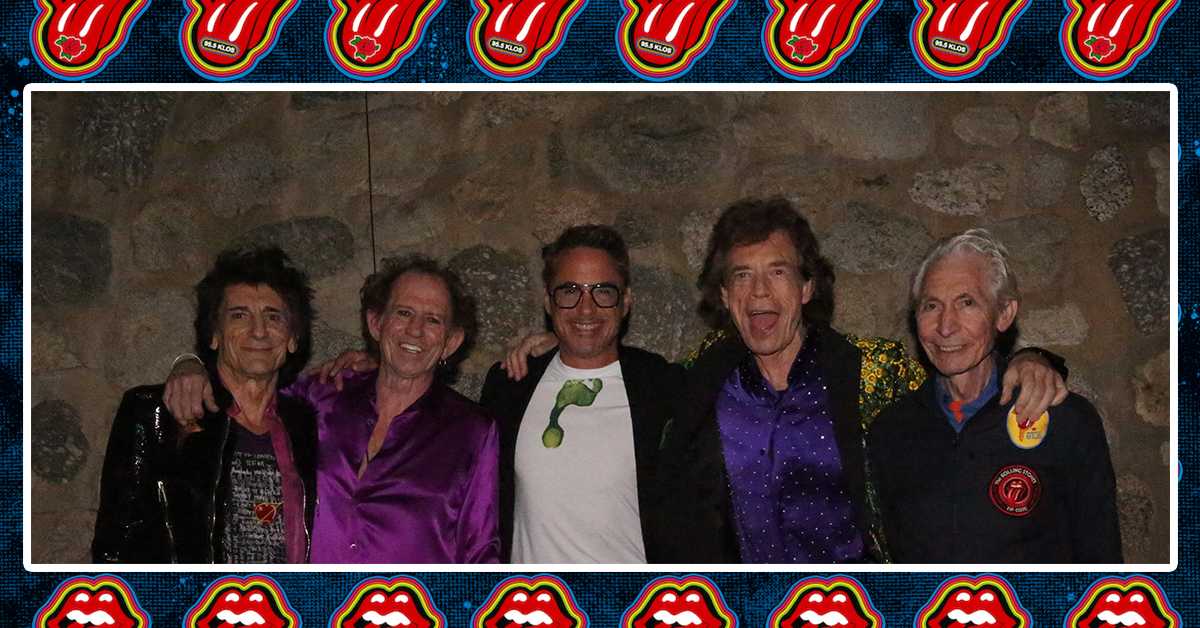NASA\’s Mars InSight Mission Honors One of the Biggest Bands of All Time at Pasadena Concert
For decades, the music of The Rolling Stones has had a global reach here on Earth. Now, the band\’s influence extends all the way to Mars. The team behind NASA\’s InSight lander has named a Martian rock after the band: \’Rolling Stones Rock.\’
The Rolling Stones — Mick Jagger, Keith Richards, Charlie Watts and Ronnie Wood — were delighted with the news and commented, \”What a wonderful way to celebrate the \’Stones No Filter\’ tour arriving in Pasadena. This is definitely a milestone in our long and eventful history. A huge thank you to everyone at NASA for making it happen.\”
A little larger than a golf ball, the rock appeared to have rolled about 3 feet (1 meter) on Nov. 26, 2018, propelled by InSight\’s thrusters as the spacecraft touched down on Mars to study the Red Planet\’s deep interior. In images taken by InSight the next day, several divots in the orange-red soil can be seen trailing Rolling Stones Rock. It\’s the farthest NASA has seen a rock roll while landing a spacecraft on another planet.
\”The name Rolling Stones Rock is a perfect fit,\” said Lori Glaze, director of NASA\’s Planetary Science Division in Washington. \”Part of NASA\’s charter is to share our work with different audiences. When we found out the Stones would be in Pasadena, honoring them seemed like a fun way to reach fans all over the world.\”
Actor Robert Downey Jr. made the announcement Thursday, Aug. 22 at Pasadena\’s Rose Bowl Stadium before the iconic band took the stage. Backstage before making the announcement, Downey said, \”Cross-pollinating science and a legendary rock band is always a good thing…\”
The InSight mission is led by NASA\’s Jet Propulsion Laboratory, just up the road from the Rose Bowl in Pasadena. Having helped NASA land all of its Mars missions since 1997, JPL geologist Matt Golombek is a rock star in his own right. He and fellow scientists count rocks and assess the safety of potential landing sites.
\”I\’ve seen a lot of Mars rocks over my career,\” Golombek said. \”This one probably won\’t be in a lot of scientific papers, but it\’s definitely one of the coolest…\”
Official scientific names for places and objects throughout the solar system — including asteroids, comets and locations on planets — can be designated only by the International Astronomical Union. But scientists working with NASA\’s Mars rovers have given lots of unofficial nicknames to rocks and other geological features. Doing so makes it easier for them to discuss different objects and refer to them in science papers. So while the name Rolling Stones Rock is informal, it will appear on working maps of the Red Planet.
For more about InSight, visit:
https://mars.nasa.gov/insight/ http://nasa.gov/insight





